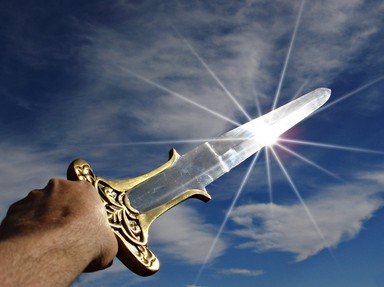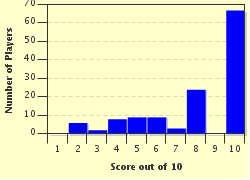
Match the Battle to the War Trivia Quiz
The title says it all. Ten of the most important battles to be fought in history are presented here and you have to match them with the war they were fought in. Enjoy!
A matching quiz
by DeepHistory.
Estimated time: 3 mins.
